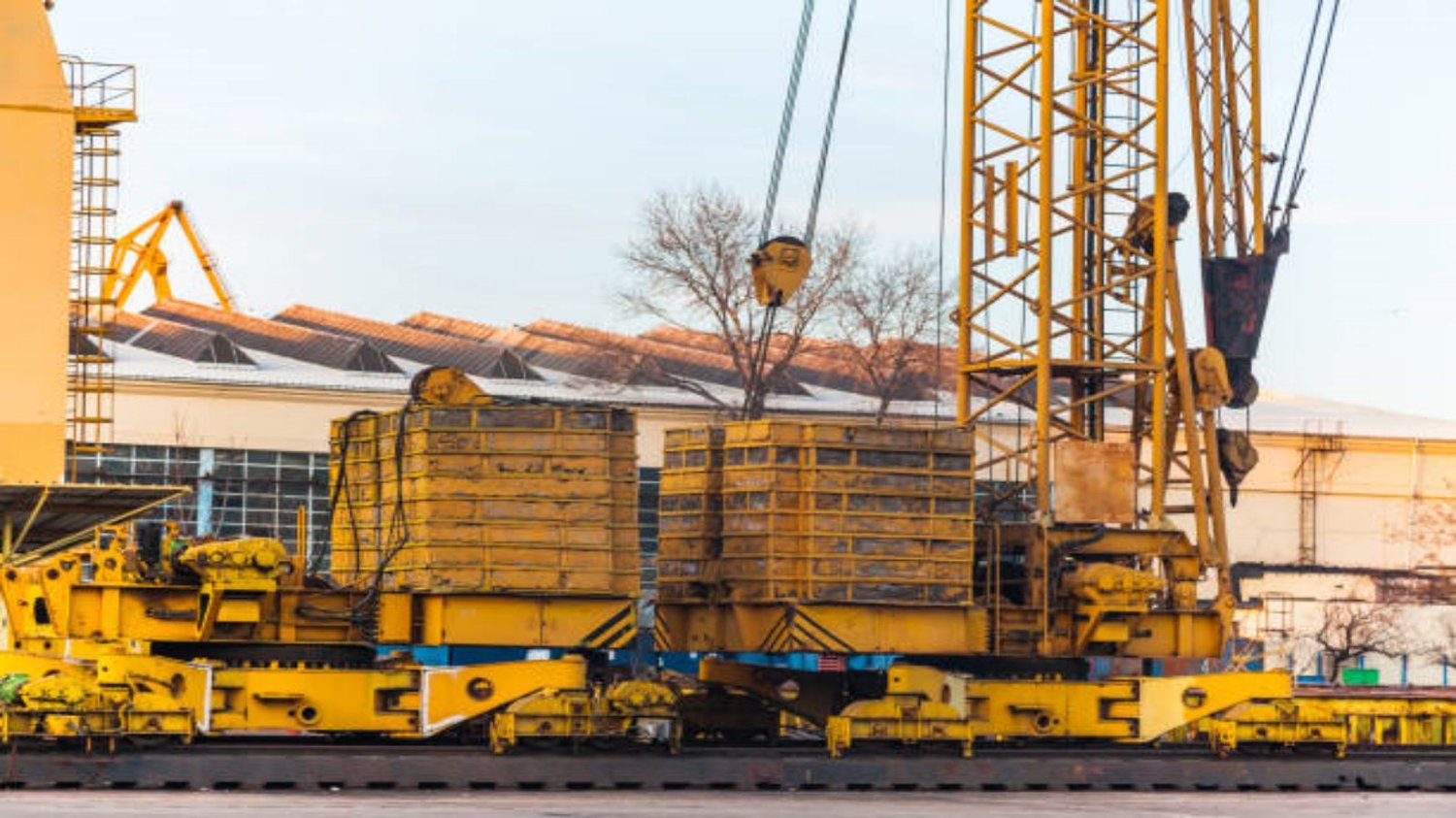Enhancing Safety and Efficiency with Electrolytic Cell Inspection Crane
In the world of industrial processes, electrolytic cells play a crucial role in various sectors such as chemical, metallurgical, and energy industries. These cells are responsible for facilitating important electrochemical reactions, and their proper functioning is vital for the overall productivity and safety of the operation. To ensure the optimal functioning of electrolytic cells, regular inspections are necessary. This article explores the significance of electrolytic cell inspection crane in maintaining the integrity of these cells and enhancing safety and efficiency.
1. Understanding Electrolytic Cells
Before delving into the importance of electrolytic cell inspection crane, it is important to have a basic understanding of electrolytic cells. These cells are devices that facilitate non-spontaneous chemical reactions using electrical energy. They consist of two electrodes, an anode (positive electrode) and a cathode (negative electrode), immersed in an electrolyte solution.
2. Ensuring Structural Integrity
Electrolytic cell inspection crane plays a crucial role in ensuring the structural integrity of the cells. Over time, electrolytic cells are subjected to various stresses, including thermal cycling, chemical reactions, and mechanical vibrations. These factors can lead to degradation and damage to the cell structure, compromising its performance. Regular inspections using specialized cranes allow for the identification of any structural issues, such as cracks, corrosion, or deformities, which can be promptly addressed to prevent further damage.
3. Monitoring Electrolyte Level
One of the key aspects of electrolytic cell inspection is monitoring the electrolyte level. The electrolyte solution in the cell needs to be maintained at a specific level for optimal performance. With the help of an electrolytic cell inspection crane, operators can easily access the cells and measure the electrolyte level accurately. This ensures that the cells are operating within the desired parameters, preventing any potential issues caused by an inadequate electrolyte level.
4. Detecting and Addressing Contamination
Contamination of the electrolyte is a common problem in electrolytic cells, which can adversely affect their performance. Foreign particles, impurities, or unwanted reactions can contaminate the electrolyte, leading to reduced efficiency and potential damage to the cell components. Electrolytic cell inspection crane enables operators to access the cells and perform thorough inspections to detect any signs of contamination. Prompt detection allows for timely cleaning and removal of contaminants, ensuring the cells operate optimally.
5. Ensuring Electrical Connections
Electrical connections are critical for the proper functioning of electrolytic cells. Any loose or faulty connections can disrupt the flow of electrical current, leading to inefficiencies or even complete failure of the cell. The use of electrolytic cell inspection crane allows for easy access to the cells, enabling operators to inspect and verify the integrity of electrical connections. This helps in identifying and rectifying any issues, ensuring uninterrupted electrical flow and optimal cell performance.
6. Verifying Electrode Condition
The electrodes in electrolytic cells are subjected to significant wear and tear due to the electrochemical reactions taking place. Monitoring the condition of these electrodes is essential to prevent any performance degradation or potential hazards. Electrolytic cell inspection crane provides operators with the means to access the electrodes and visually inspect their condition. This allows for timely replacement or maintenance, ensuring the electrodes are in optimal condition for efficient cell operation.
7. Checking Cooling Systems
Many electrolytic cells rely on cooling systems to maintain the desired operating temperature. These cooling systems can include water circulation or other mechanisms to dissipate heat generated during the electrochemical reactions. The electrolytic cell inspection crane allows operators to access the cooling systems and perform inspections to ensure their proper functioning. Any issues or malfunctions can be identified and promptly addressed, preventing overheating and potential damage to the cells.
8. Analyzing Operational Data
Electrolytic cell inspection crane not only facilitates physical inspections but also provides a platform for analyzing operational data. By collecting and analyzing data such as current flow, voltage, and cell performance parameters, operators can gain valuable insights into the overall health and efficiency of the electrolytic cells. This data-driven approach allows for proactive maintenance and optimization of the cell operation, leading to improved productivity and cost-effectiveness.
9. Ensuring Compliance with Safety Standards
Industrial processes involving electrolytic cells are subject to strict safety regulations. Failure to comply with these standards can have severe consequences, including accidents and environmental hazards. Electrolytic cell inspection crane plays a crucial role in ensuring compliance with safety standards by enabling thorough inspections and maintenance. By identifying and addressing potential safety risks, operators can ensure a safe working environment and prevent any violations that could lead to legal and financial repercussions.
10. Enhancing Overall Efficiency and Productivity
Regular inspections using electrolytic cell inspection crane contribute to the overall efficiency and productivity of industrial processes. By identifying and addressing structural issues, contamination, electrical problems, and other performance-related factors, operators can optimize the functioning of electrolytic cells. Improved cell performance translates into increased productivity, reduced downtime, and cost savings. Furthermore, proactive maintenance and prompt issue resolution prevent major breakdowns, minimizing production disruptions and associated losses.

